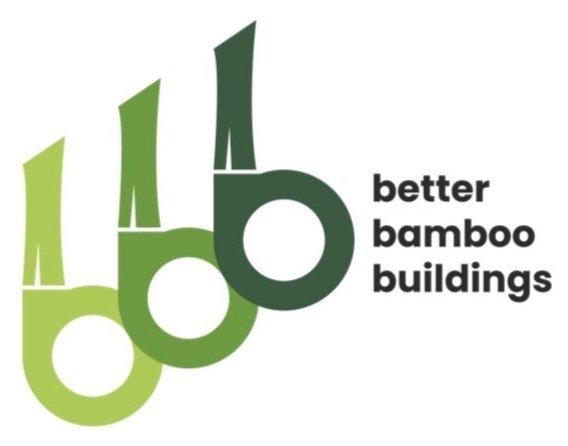3-layer bamboo roof shingles
The basis of this article is a document that has been kindly shared by the author, architect and project manager, Gilbert Murrer.
‘Roof thatching with bamboo shingles – technical implementation, work steps and improvements’- was prepared by Gilbert Murrer for the YEL Yayasan Ekosistem Lestari and here it is in a slightly modified form.
There are many alternatives to bamboo roofing ranging from the half round tile type to the flattened shingle tiles. This particular method of roofing has always intrigued me in terms of its traditional origins, low-tech but characteristic scale-like appearance. I have always wondered how the roofs crafted from this method do not leak as much I had imagined it would!
The bangli bamboo shingles method that was applied as the roofing finish for the bridge at the Orangutan Haven (OUH) near Medan, Sumatra, Indonesia. This form of roof finish is a version of the Sirap or traditional 5-layer roof shingles, originating from the Bangli district in Bali.
Here are some basics of the project: Location- Bamboo Bridge at Orangutan Haven, Sibolangit, North Sumatra Construction – bangle method, 3 layers of shingle, without additional waterproofing layer Development team – Suherry Aprianto, Jorg Stamm, Lukas Zollinger Gilbert Murrer and their local artisan team Duration – October to December 2017 Material – rafters – bambu petung (Dendrocalamus asper) Laths – bambu petung (Dendrocalamus asper) Shingles – bamboo belangke (Gigantichloa Pruriens) Treatment – boric acid and borax
The roof rafter placement is at every 60 cm centres and the rafter rest on purlins which are supported by leaning bamboo posts.
Laths or bamboo battens are installed with bamboo pins on the rafters at 12 cm centres.
Detail of laths at the top of the roof ridge.
Overview of the laths installation taken from the top of the bridge roof.
The shingles ready for selection on site. Length, quality and node position are important criteria to be checked. Green or ‘not dried’ shingles can shrink and cause an issue after installation resulting in 5 to 10% shrinkage.
Shingle installation showing 3-layer overlap from the exterior. Keeping them as close together as possible is a requirement to avoid any leaks. Skilful installation of the laths and angling of the shingles played an important part in achieving the right look for the roof.
Underside view of shingles forming an attractive pattern and with some of them still green.
Detail of knife cut 8 – 12 cm ‘slats’ that holds and locks the shingle in place. The fungal spots are a natural phenomenon.
This illustrates how the bamboo shingles are attached to the laths. Note that the outer silica layer of the bamboo faces the inside of the building.
Ridge detail with rubber waterproofing sheet (the only roof area that used a different material) and bamboo half pipe as roof ridge capping.
Shorter shingles are used both at the ridge and the eaves to trim off.
Note: the bamboo shingles for this project are not coated. The shingles are 40cm long and develop a natural wax layer that protects the bamboo from the fungus which develops on its surface. Some of the traditional bamboo shingle methods often include coating the shingles with a natural or modified resin to extend their lifespan.
Expected lifespan: Bridge – 30 years , Roofing – 15 years
Positives: Natural appearance No varnish or finishing coat required on the shingles Local resources & local production Average to low construction costs Referencing traditional methods Manageable local roof maintenance
Many thanks to Gilbert Murrer and YEL/OUH for sharing their document.
Check out our 2nd Online Bamboo Building Design Course below. Go to Courses and Workshops .




















